Digestion Plants: The Future of Waste-to-Energy Technologies
In an era where sustainable solutions and green technologies are at the forefront of environmental strategies, anaerobic digestion plants are emerging as key players in the waste-to-energy sector. This comprehensive blog delves into the essence of anaerobic digestion, its processes, various types, and the environmental and economic benefits it brings, alongside the challenges faced and the future developments anticipated in this field.
What are Anaerobic Digestion Plants and Their Significance?
Anaerobic digestion plants are facilities designed to break down organic matter in the absence of oxygen, transforming waste into valuable resources such as biogas and digestate. This process not only provides a renewable source of energy but also contributes to waste reduction, making it a critical component in the movement towards sustainability and circular economy principles.
Types of Digestion Plants & Their Output
Digestion plants can be categorised based on the feedstock they process, such as agricultural waste, food waste, and sewage sludge, among others. The output from these plants primarily includes biogas, which can be used to generate electricity, heat, or upgraded to biomethane for use as a fuel, and digestate, a nutrient-rich substance that can be applied as a fertiliser.
Environmental Benefits and Economic Aspects
Anaerobic digestion plants offer numerous environmental benefits, including the reduction of greenhouse gas emissions, the diversion of organic waste from landfills, and the production of renewable energy. Economically, they provide a cost-effective waste management solution, reduce dependency on fossil fuels, and can generate income through the sale of biogas, electricity, or digestate.
Challenges and Future Developments
Despite their advantages, anaerobic digestion plants face challenges such as high initial setup costs, the need for continuous feedstock supply, and technological complexities. Future developments are expected to focus on improving the efficiency of biogas production, expanding the range of feedstocks, and integrating these systems more effectively into local and national energy grids.
Anaerobic Digestion vs Gasification
While both anaerobic digestion and gasification are waste-to-energy technologies, they differ in their process and output. Gasification involves the high-temperature conversion of organic materials into syngas, a process distinct from the biological breakdown in anaerobic digestion. Each technology has its applications, benefits, and limitations, contributing uniquely to the energy landscape.
Anaerobic Digestion Plants in the UK
The UK has been a pioneer in adopting anaerobic digestion technology, with numerous plants across the country processing organic waste and contributing to renewable energy production. The government's support through incentives and regulatory frameworks has been instrumental in this growth, highlighting the country's commitment to sustainable energy solutions.
Conclusion
Anaerobic digestion plants stand at the intersection of waste management and renewable energy production, offering a sustainable pathway to address environmental challenges. As technology advances and more efficient practices are developed, these plants are set to play an increasingly vital role in the global energy mix. Their ability to turn organic waste into a treasure trove of energy not only aligns with environmental goals but also with economic ambitions, marking them as a cornerstone of future waste-to-energy technologies.
By embracing anaerobic digestion, we can significantly impact our approach to waste, energy, and sustainability, paving the way for a cleaner, greener future. As this technology evolves, it promises to enhance our energy resilience, reduce greenhouse gas emissions, and contribute to a circular economy, making it a pivotal element of our sustainable development journey.
